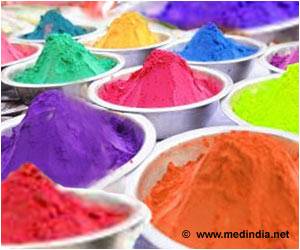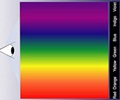Study provides evidence to support the vital role that colour processing cells in the cortex play in colour perception.

‘Instead of the transitions between colours influencing the colours seen through 'filling-in', individual colours seen at each local point determine what we see.’





Instead, the researchers found that this 'filling-in' effect only makes a small contribution to how colourful an images appears, as when natural images were restricted to such 'edge transitions' they did not appear to be very colourful. To investigate the effect, the researchers carefully filtered natural images to remove the colour differences except at the edges. When they carried out this process they found that the edge information was not sufficient to carry the colour perception in the regions where the colour had been removed.
As a result, the researchers conclude that while a weak 'filling-in' effect occurs, it only accounts for around 5%, and therefore cannot account for the rich colours we see in the natural world.
This finding is significant, as it provides evidence to support the vital role that colour processing cells in the cortex play in colour perception. Crucially, these cells are not sensitive to edges and only to the colours themselves present in such colour fields. It was also seen that purely chromatic images with maximally graded ('edgeless') transitions look fully colourful.
This also has important practical implications as it shows that you cannot effectively compress image information to only the edge colour information. The study is published in the journal i-Perception.
Advertisement
"While the mechanisms through which we perceive colour when viewing natural images has been debated for a long time, our new study highlights the important role of colour processing cells. As instead of the transitions between colours influencing the colours seen through 'filling-in', we instead found that the individual colours seen at each local point determine what we see."
Advertisement
Source-Eurekalert









